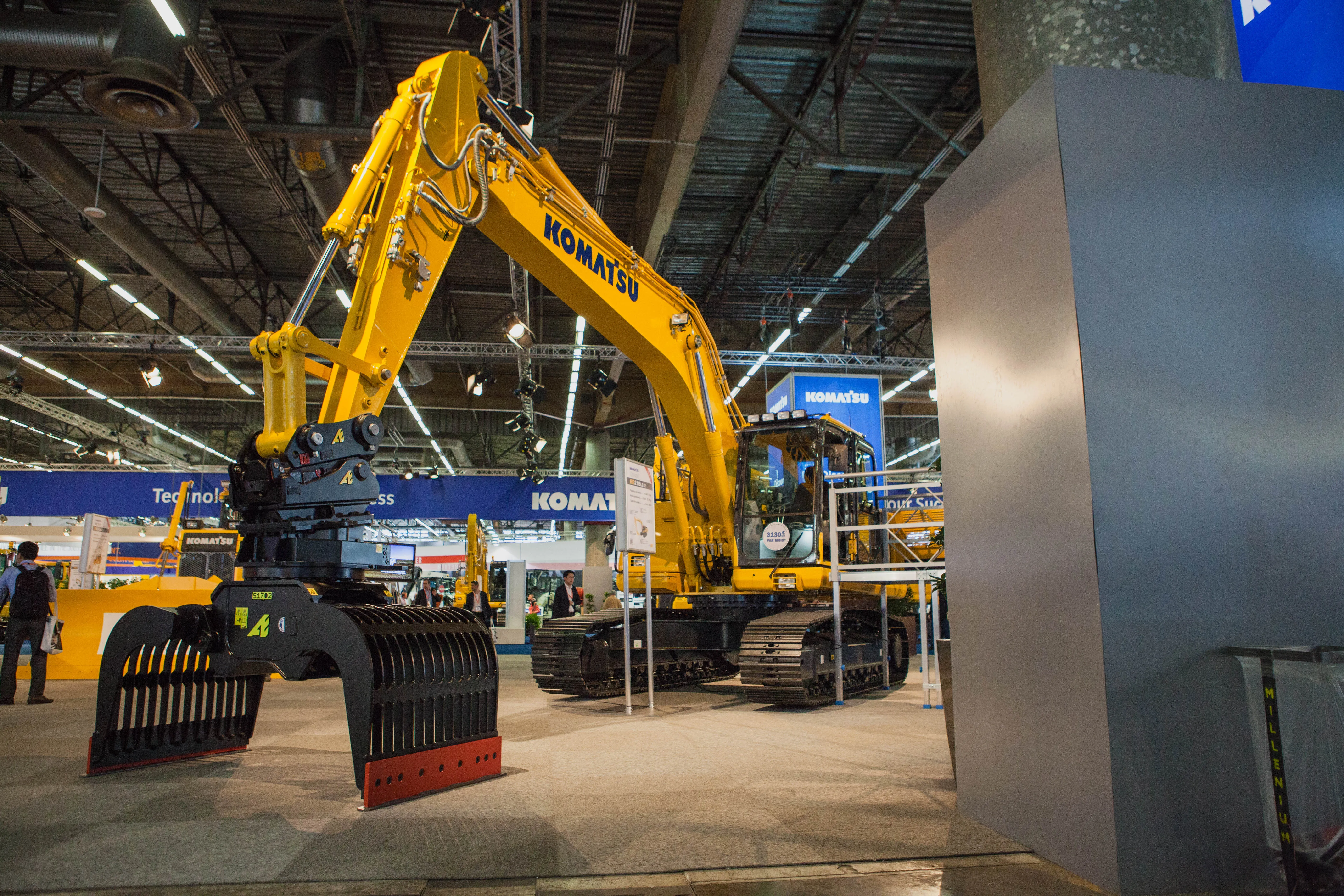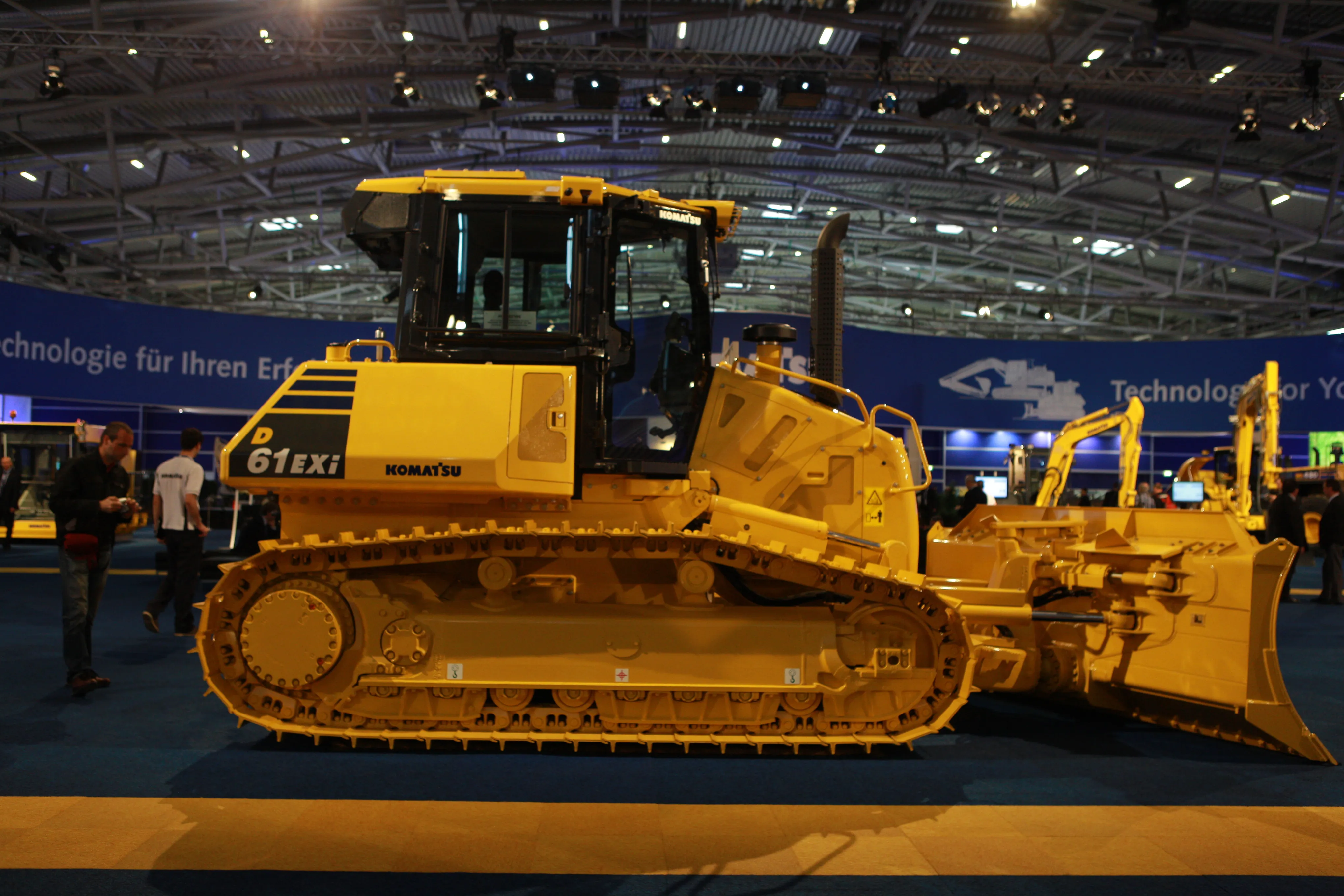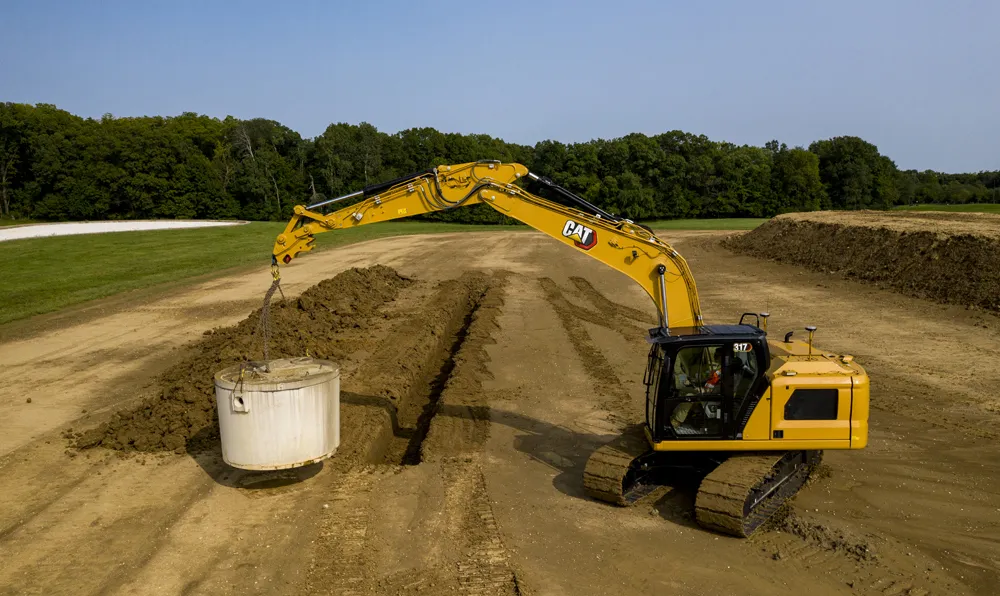Komatsu will be bringing different-sized hybrid excavators to the market in the next “one or two years”, the Japanese construction equipment manufacturing giant revealed at INTERMAT 2015. The new models will follow on from last year’s successful launch of the third-generation HB215LC-2, on show this week. “There are plans to extend the hybrid concept to other sizes of excavators. This development is ongoing,” said Keiko Fujiwara, chief executive officer of KEISA (Komatsu Europe International). Asked when th
April 21, 2015
Read time: 2 mins

The new models will follow on from last year’s successful launch of the third-generation HB215LC-2, on show this week. “There are plans to extend the hybrid concept to other sizes of excavators. This development is ongoing,” said Keiko Fujiwara, chief executive officer of KEISA (Komatsu Europe International). Asked when the new hybrid excavators would come to market, Peter Howe, managing director of Komatsu UK, added: “In one or two years.” There are over 3,200 of its three generations of hybrid excavators on job sites worldwide – including over 200 in Europe. The HB215LC-2 is said by Komatsu to be a product of its patented technology. It sees the company’s components harness free kinetic energy through the machine’s swing and breaking and convert it to electricity, allowing significant fuel savings to be achieved, along with lowering an excavator’s carbon footprint. Fujiwara said that the 22-23tonne operating weight HB215LC-2 had delivered a 5% reduction in fuel consumption compared to its predecessor – the HB215LC-1; a 30% cut in fuel consumption compared to Komatsu’s PC210LC-8 hydraulic excavator; and a 20% fuel consumption saving compared to the PC210LC-10 hydraulic excavator. Of the potential for continued lower oil prices to reduce future need for hybrid construction machines, KEISA’s CEO said the environmental benefits of hybrid machines outweighed the impact of fluctuating oil prices. On Komatsu’s show stand, the company was featuring its intelligent machine control on the new D65PXi-18 crawler dozer, making its European debut at INTERMAT, and on a PC210LCi-10 excavator. Fujiwara said Komatsu’s intelligent machine control dramatically improves job site efficiency, along with precision and safety, for customers globally. Show visitors can see the intelligent machine control-equipped models in action on Komatsu’s 1,000m² outdoor demo ground.








